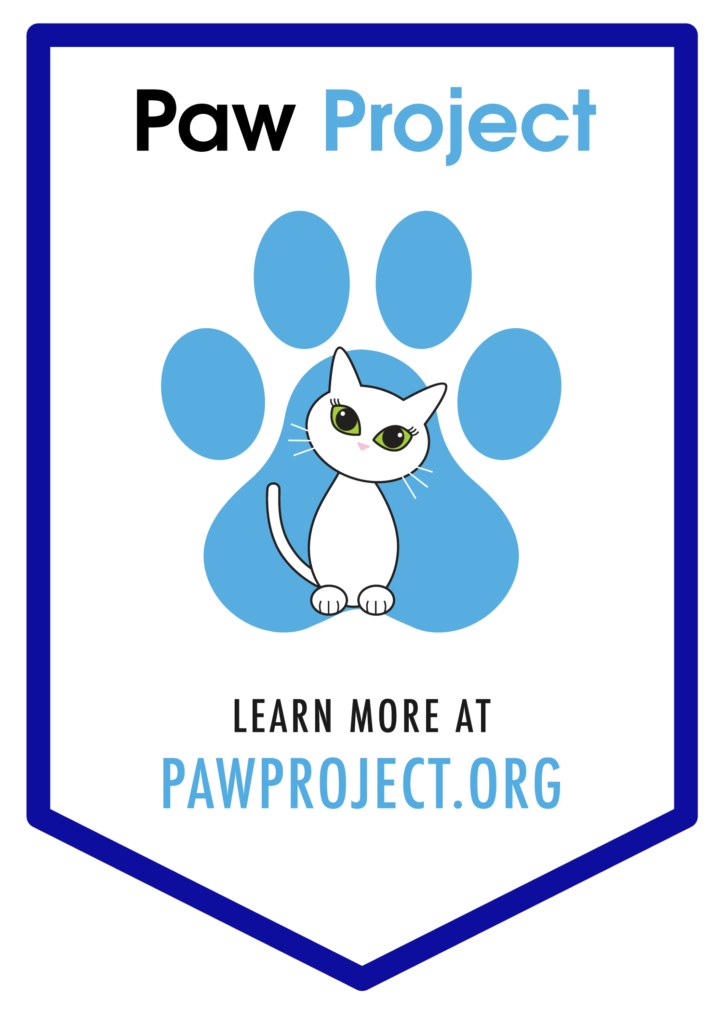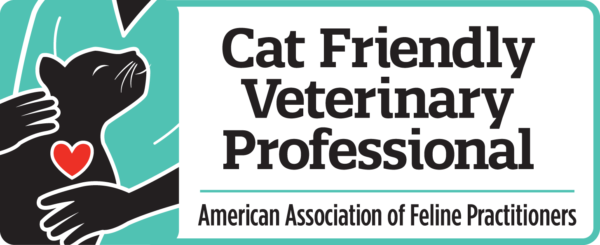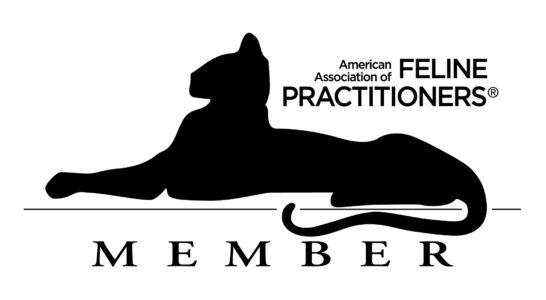Foraging toys are food dispensing containers that your cat manipulates in efforts to get food or treats to dispense. These types of toys give your indoor cat something to stalk and hunt, giving them a much needed outlet for their prey drive and hunting instincts. Most behaviorists agree that many behavior problems in cats stem from boredom, frustration and stress. A lack of mental stimulation can result in up to 30% loss of brain function over time in both animals and humans. Much like the need for humans to learn a new skill, do crossword puzzles, read etc. to keep our brains working; cats and dogs need similar challenges to alleviate senility, boredom, and mental dullness. The concept of foraging is designed to make your cat think and problem solve, and they get rewarded each time they figure out the puzzle.
Getting Started
Foraging can be a fun game and a way to give your cat treats; or if they are really good at it and are active foragers, it can be how you feed them their dry food. It is recommended that you start off with clear containers with a lot of holes so it is really easy and they barely have to bat at it to get food to dispense. We recommend using a plastic water bottle as a first toy. It is clear so your cat can see, hear, and smell the food rattling around inside. It is best to fill up the container; but not so full that the food does not move around freely; but DO NOT simply put 2 or 3 pieces of kibble in there because that is when foraging toys are the most difficult.
Once your cat has gotten the hang of foraging, move on to containers with fewer holes, objects that are opaque, objects that do not roll easily, or even cubes! It is important to continue to offer new and interesting objects to keep your cat from getting bored with them. If they continue to empty the same container for months and months, they may lose interest.
We have a variety of foraging toys available for purchase at Paws Whiskers and Claws, and you can try making some yourself. You are only limited by your imagination and creativity. It is also a great way to recycle your plastic household containers one additional time before they make it to the recycling bin! Another great foraging toy purchase is the Peek-a Prize Toy box. This is a finished wooden box with many holes cut into it like a giant piece of Swiss cheese. Fill the box with balls, toy mice and food; so that the toys become an obstacle that your cat must move in order to access the food.
You can easily make one of these foraging boxes yourself out of an old shoebox. Simply cut some holes in the side and top of the shoebox slightly larger than the toys you are putting inside. This is so that they can get the toys out too. Fill with a handful of food. It is important to tape the lid on so that your cat does not simply take the lid off and eat out of the box like a bowl. Some cats, especially kittens, will be motivated by the toys alone and forage for them without even needing food to motivate them. Cereal boxes can also work well for this type of toy.
Motivating Your Cat To Forage
- Place the foraging toy on the floor and sprinkle a few pieces of the food or treats around the toy, so that your cat will eat those and then smell that there are more in the toy. Hopefully they will get the idea and bat the object around with their paws or nudge it with their nose.
- Put something different in the foraging toy other than what is in your cats’ food bowl. There is no motivation to forage if they have a bowl of the same thing sitting a few feet away on the kitchen floor.
- Show them how to forage. If your cat is just not getting the concept, push the toy around a bit with your hand, roll it, and show them that if they do this food falls out! Help them to learn. Be patient. Remember, they have not had this type of challenge before there is a chance it could take them a while to catch on.
- Keep at it! Try all kinds of different treats and foods; sometimes it is all about finding the right motivator. Cats are great observational learners, so if you can get one or two of your cats to get the hang of it, the others will soon follow. When one kitty is having a ball and getting treat after treat it is bound to stimulate interest and make your other cats wonder, hey what are they eating over there?
- If your cats are not motivated by food, this type of environmental enrichment will likely not be successful.
What should I put in my foraging toy?
We recommend offering foraging toys daily. We recommend using the Hill’s prescription Diet T/D (available at Paws Whiskers and Claws) or the Science Diet Oral Care (available at Petsmart). These are both dental diets that are high in fiber, and good for hairball control. T/D is a low calorie version of Oral Care. Using regular food allows you to be generous about filling the foraging toys. Oftentimes we find that many cats prefer the dental diets and it is a much healthier alternative to treats. You can also blend the dental food and a few treats such as Feline Greenies. This keeps it exciting; not all the kibble that falls out is the same.
A Challenge for your cat and easy for you
Keeping the humans motivated to continue filling these toys is another challenge. If your cats love to forage we suggest making this chore as easy on you as possible; you will be more likely to keep the toys filled if you do not need to do it daily. We recommend doing this by having a wide variety of foraging toys. Fill them up once a week and keep them in an airtight bin in your pantry, then simply throw a few on the floor before you leave for the day, or before you go to bed. This gives your cat hours of fun while you are not home or while you are sleeping. Offer foraging toys away from your bedroom so that it does not keep you awake. If your pet suffers from separation anxiety, providing foraging toys can help alleviate this behavior problem in both cats and dogs. It is also important to have a variety so that your cats do not get bored with them. New objects means new challenges; which means smarter more mentally challenged cats.
How do I keep my dog or toddler from foraging too?
If you have a canine family member or young child that may like to sample the contents of the feline foraging toy we suggest using a baby gate to keep dogs and small hands from being able to forage too! Baby gates are a great way to keep your dog from getting into your cats food and litter box as well. For some older children, filling the foraging toys can be a great household chore.
Foraging as a weight loss program
If we have recommended that you use foraging as a weight loss program we first encourage you to get your cats actively foraging using the dental diets. Once they have the hang of it we have some toys available here with smaller holes for the low calorie Science Diet kibble. Your cats must also eat low calorie canned food 2-3 times per day.
The idea is to create a lower carbohydrate diet, while still allowing your cat to free feed. Dry food has a lot more carbohydrates than canned food. They should fill up on the canned food at least twice a day and have the dry kibble in the foraging toys; so they essentially are still free feeding, but they are keeping active, rather than lying down in front of the food bowl to gorge.
In summary
Foraging toys are one of the best toys you can provide for your cat, ideally coupled with a few sessions of interactive play each day. It serves many purposes and provides hours of constant entertainment. Foraging would be a natural part of your cats’ daily activities if allowed outdoors. Since we encourage indoor only cats, or secure outdoor enclosures, foraging is as close as you can get to providing your indoor cat with something to hunt. Remember that if you do not use it you lose it. Foraging will keep your cat active and mentally challenged for a happier longer life.






